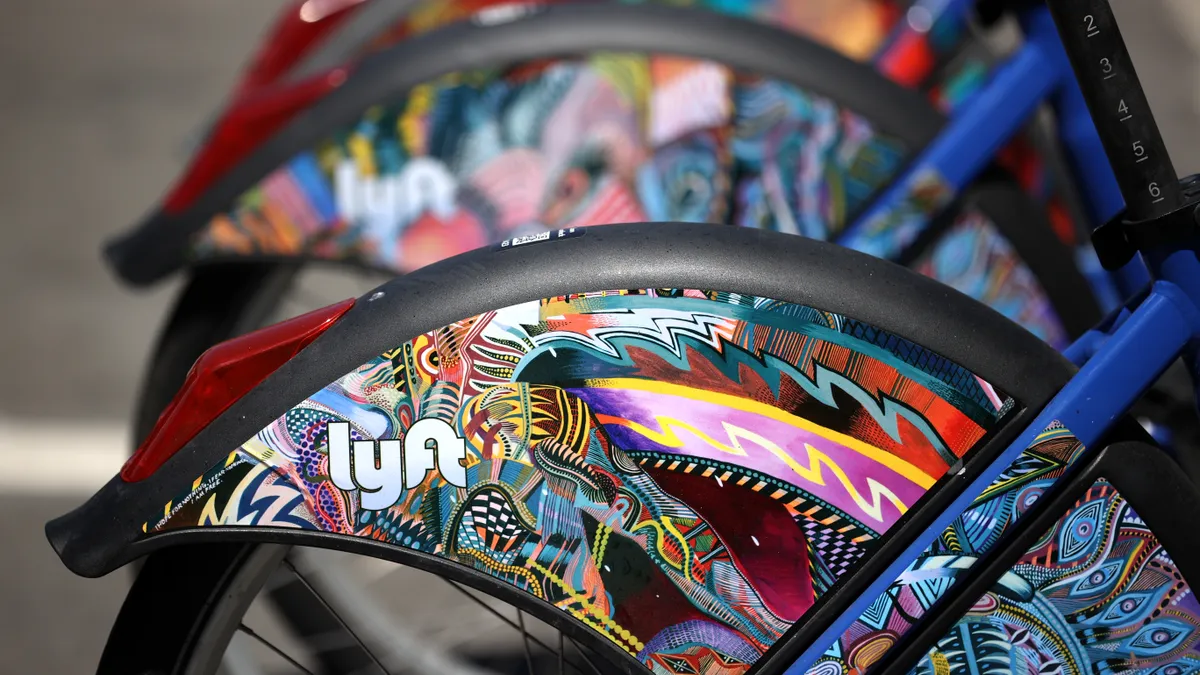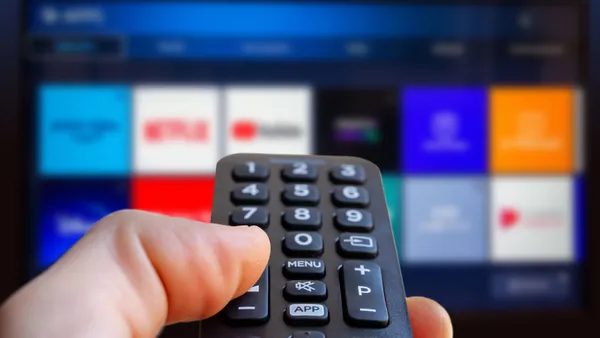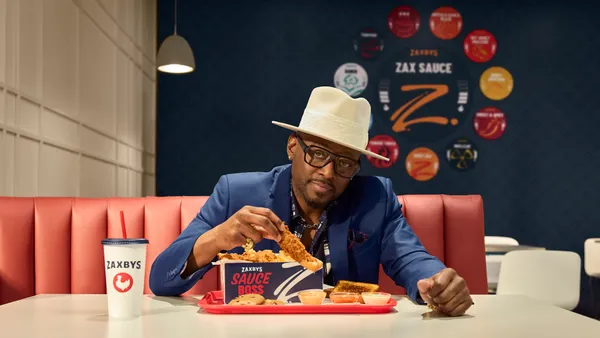Dive Brief:
- Lyft announced the formation of Lyft Media, a media network that represents a more ambitious push to capture digital advertising dollars.
- Lyft Media encompasses vehicle ad options like digital rooftop screens, called Lyft Halos, and in-car tablets. The network also factors in Lyft’s bikeshare division and mobile app, which recently ran a successful campaign with rapper Cardi B.
- The ride-hailing firm said it’s already worked with hundreds of brands, including DoorDash, Starbucks, HBO Max, Marriott and Google. A raft of companies are streamlining and growing their advertising products under the media network banner as brands seek alternatives to established digital platforms.
Dive Insight:
Lyft is stepping on the gas when it comes to digital advertising innovation with the unveiling of Lyft Media. The company bills the offering as the first and only media platform that’s targeted at users throughout their transportation journey, claiming an early-mover advantage among ride-hailing and mobility apps.
The category seems a natural fit for an advertising expansion. Cabs have long carried rooftop advertisements and other placements for brands to put a message in front of buckled-in passengers. Lyft has already built out some infrastructure in this regard.
In 2020, it acquired Halo Cars, a startup that helps drivers earn revenue off mounted advertising displays attached to their vehicles. The move set the early foundations of Lyft’s media business, while Lyft Halo today is available in New York City, Los Angeles, and Washington DC, with plans to push into a greater number of cities in the near future.
Lyft also wields the largest bikeshare network in the U.S., spanning over 3,000 stations and drawing 36 million rides annually. With Lyft Media, bike station ad panels and docks serve as a means for brands to reach street-level consumers with out-of-home ads. As Lyft introduces more e-bikes, it will integrate digital ad panels into these locations.
Other aspects of Lyft Media leverage the company’s mobile capabilities. In-car tablets that help ride-hailing users track their trip and rate and tip their driver can serve dynamic brand content. Lyft has piloted such capabilities in LA over the past year, with advertising partners seeing cost-per-acquisitions 60% lower, on average, than those delivered on other digital and social media platforms. Lyft is rolling out more tablets in LA, Chicago, San Francisco, and Washington DC, aiming to eventually cover 25% of rides in those markets.
Lastly, Lyft is touting its mobile app as a key piece of the equation and a way for brands to engage almost 20 million active users. An effort with Cardi B applied the Lyft Skins product to swap out the usual car icons on the in-app map with the “Up” artist’s face. The campaign garnered 2.6 million social media impressions and saw 50,000 promo code redemptions, Lyft said.
Lyft Media arrives as ride-hailing experiences a strong rebound following a patchy pandemic period. Lyft last week reported second-quarter earnings that saw revenue up 30% year-on-year to $991 million. Active riders climbed 16% YoY to 19.9 million.
Uber, its chief rival and a much larger company, similarly beat Wall Steet expectations on revenue for the period. A bigger advertising play is part of Uber’s agenda as well, with expectations to generate more than $1 billion off the segment by 2024, per Business Insider.















